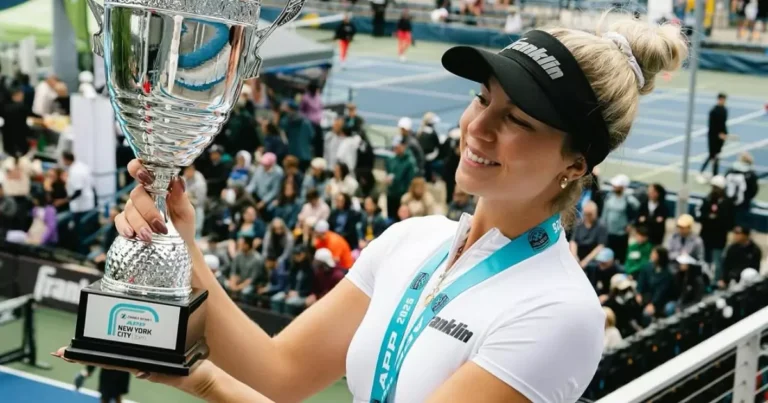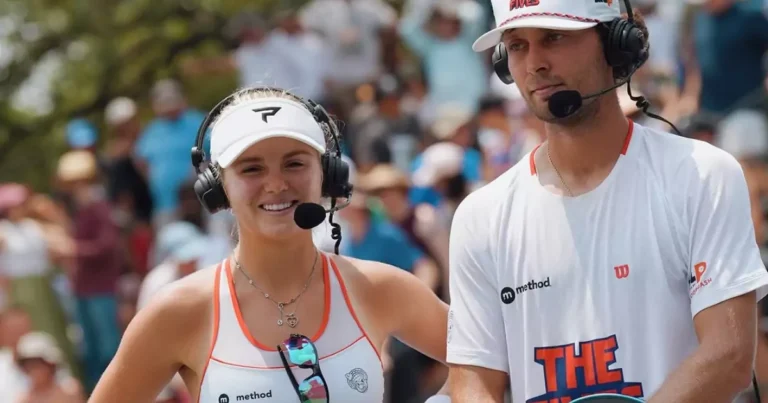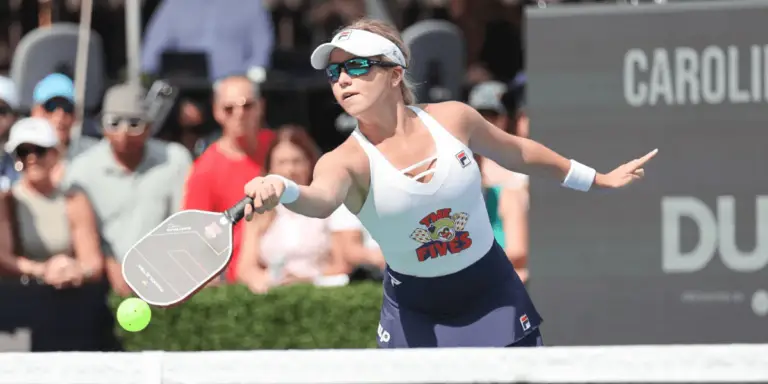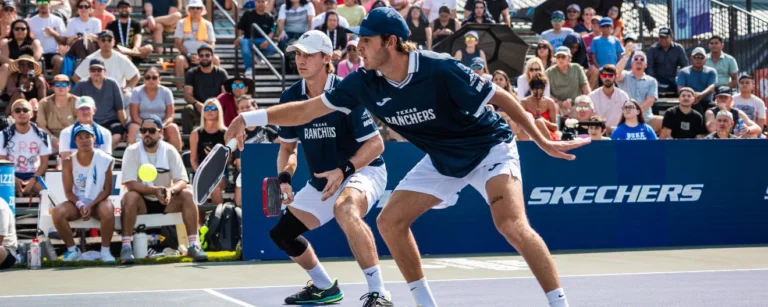🎾 How to Read Your Opponent’s Speed-Up in Pickleball Like a Pro
Welcome back, pickleball enthusiasts! Whether you’re a casual player or a tournament regular, one of the biggest challenges during a game is anticipating your opponent’s next move—especially their speed-ups. In today’s blog post, we’re diving deep into how to read your opponent’s speed-up more effectively so you can defend with confidence and maybe even turn the tide in your favor.
🔥 What Is a Speed-Up in Pickleball?
A speed-up refers to a sudden, fast-paced shot—usually from a dink position—that aims to catch you off guard. It’s an aggressive move meant to take control of the point quickly. If you’re not prepared, this can easily lead to errors.
But don’t worry. By learning a few cues and understanding body language, you can spot a speed-up before it happens.
🧠 1. Recognize a Dead Dink
One of the first signs your opponent might speed up? A dead dink.
A “dead dink” is a soft shot without much spin or direction—basically, a sitting duck. If you notice your opponent looking relaxed, setting their feet, or pulling their paddle back, chances are they’re about to pull the trigger.
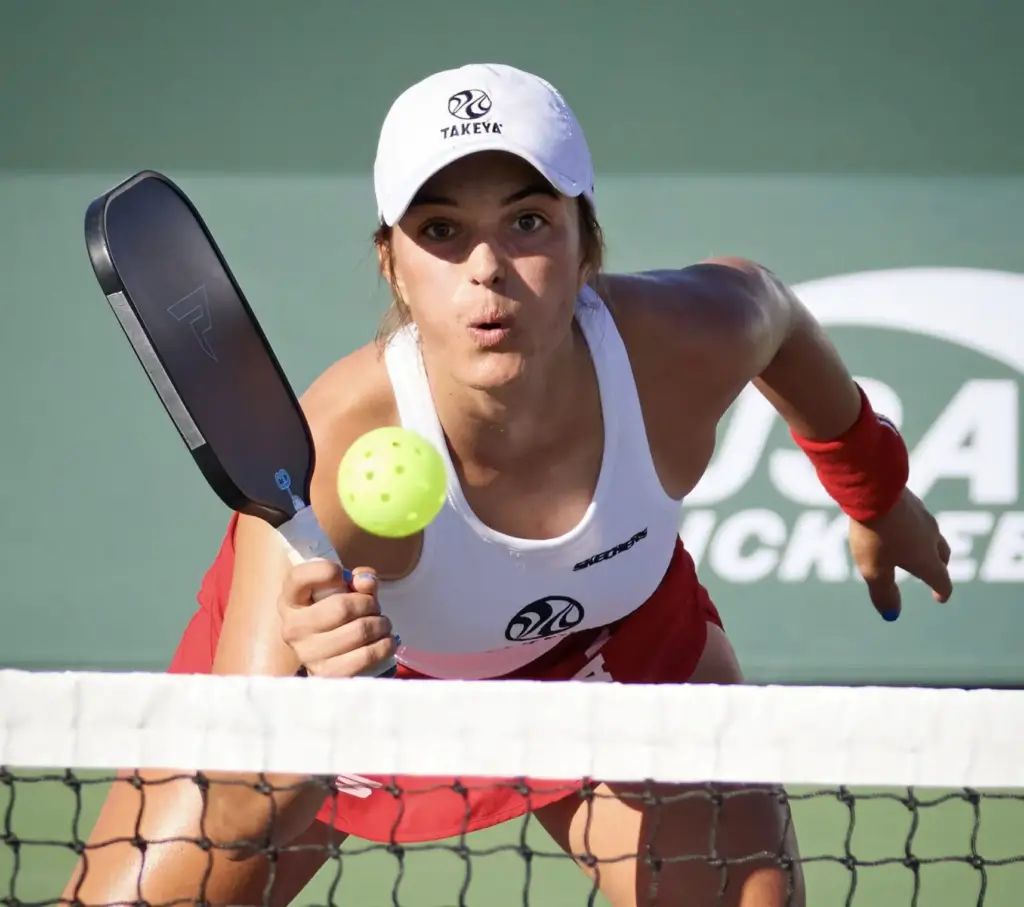
👉 Pro Tip: If you see them with enough time and comfort, raise your guard—they might be preparing for a fast-paced attack.
👀 2. Know Their Combos
Experienced players often rely on shot combinations. For example, one might speed up with a forehand and prepare for a backhand counter. Watch how they behave after their first shot—are they ready for a follow-up? Have you seen them use a pattern repeatedly?
The more you know your opponent’s tendencies, the easier it becomes to predict their attacks.
🚶 3. Adjust Your Position Strategically
When you expect a speed-up, take a step back from the kitchen line. Staying too close can limit your reaction time. If your shot gave them too much comfort (like a popped-up dink), reposition yourself slightly back to allow more time for defense.
However, after you block or return the shot, work your way back to the kitchen line to regain court control.
🎯 4. Read Their Paddle and Contact Point
Your opponent’s paddle angle and contact point can tell you a lot. Here’s how:
- Paddle Behind the Body: Expect a down-the-line shot.
- Paddle Out Front with Angle: Be ready for a cross-court or middle shot.
- Contact in Front but Close to the Body: The ball may go straight ahead.
Observing these small details will help you decide whether to sit forehand or backhand—improving your chances of a solid return.
🤝 5. Communicate with Your Partner
If you’re playing doubles, coordination is everything. Knowing which one of you should take a middle shot or defend a certain side helps avoid confusion during fast hands battles. Decide who will sit forehand and who will cover backhand when expecting a speed-up from the center.
🧩 Understanding Angle = Understanding Options
The more angle you give your opponent, the more options they have to attack. Conversely, if you keep your dinks tighter and straighter, you limit their choices and can better predict where the ball is going.
🎁 Bonus Tip: Gear Up for Better Play
Before wrapping up, if you’re serious about your game, consider investing in U Dripin grips—they’re not only super tacky and long-lasting but also come in a variety of colors to match your outfit, paddle, or even your shoes!
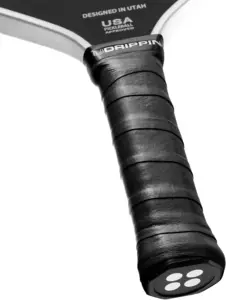
🙌 Final Thoughts
Reading your opponent’s speed-up doesn’t have to be rocket science. By:
- Watching for body cues,
- Understanding paddle angles,
- Adjusting your court positioning, and
- Practicing anticipation,
you’ll be well on your way to becoming a more responsive and smarter player on the court.
💬 Have any other tips or questions about reading speed-ups in pickleball? Drop a comment on Instagram!
📺 Don’t forget to like, and follow us for more pickleball strategies and gear reviews on Instagram.


